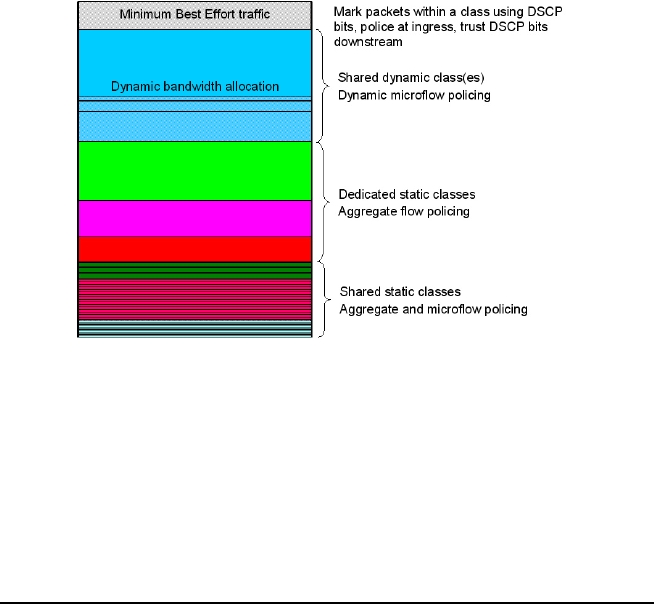Figure 70: TeraPaths Bandwidth Partitioning Scheme.
TeraPaths offers a flexible way to partition a site's available bandwidth by assigning pre-
determined fractions of bandwidth to a set of service classes within each end-site's LAN
perimeter. Figure 70 shows an example partitioning scheme of a site's available bandwidth. Each
class is represented by a distinct color. A single flow or a group of flows can be given the entire
bandwidth assigned to a class or a fraction of this bandwidth, using static and/or dynamic
allocation techniques. This partition scheme can potentially accommodate several hundreds of
individual flows (depending also on hardware limits), while using some or all of the 64 available
DiffServ classes.
FY 2007 Accomplishments:
In FY 2007, work on the project continued towards the following main directions:
1.
Research:
· Exploration of methods to statically establish QoS-aware network segments (QoS pass-
through) along routes where direct or indirect control of network devices is not feasible.
Some of these network segments connect two network domains.
· Exploration and adoption of methods to utilize dynamically created WAN circuits (2nd
TeraPaths interoperability workshop took place in May'07). These methods enable
TeraPaths to utilize layer 2 connections between end sites; in addition to layer 3
· Network scheduling: the TeraPaths project sponsors a Ph.D. candidate to research
deadline-driven data network scheduling in large scale heterogeneous Grids. This
research focuses on the design, implementation, and evaluation of multiple paradigms to
schedule and prioritize data transfer jobs with specific delivery deadlines, and to enhance
the efficiency of the overall network. Two algorithms are investigated: divisible load
theory (DLT), the continuous, linear modeling of data loads for parallel processing and
"earliest deadline first" (EDF), in which jobs are prioritized with relation to the order of
their deadlines. These real-time scheduling algorithms are proven to be compatible with
and beneficial to data transfer jobs with deadlines in the heterogeneous Grid computing
environment.
115

